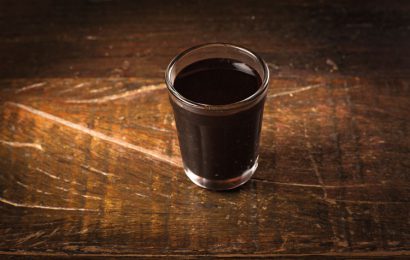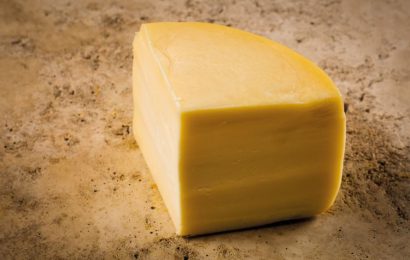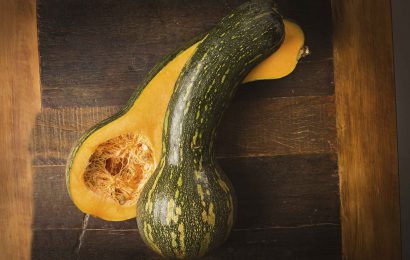Noble and excellent quality products are evident in the crab cake with sururu farofa and yellow hake with yardlong beans and cuxá rice.
When chef Ana Luiza Trajano visited the states of Maranhão and Piauí, she started understanding the Brazilian Northeastern cuisine in a different way. In her opinion, the region could be divided gastronomically in three: Bahia, where palm oil, coriander and other intense flavors predominate; the area formed by Ceará, Pernambuco, Paraíba and Rio Grande do Norte, with the local country food, based on the use of sun dried meat, butter and curd cheeses; and the remaining States, where local traditions and external influences helped them develop their own characteristics. This is the case of Maranhão and its unique cuisine, strong in personality. Starting with the seasoning used in everyday meals: a basic stew that, together with onions and garlic, uses the predominant taste of bell peppers.
Hosted by chef Dantas, from Maracangalha restaurant, Ana Luiza visited street and fish markets that surprised her by the variety and quality of the products. Seafood, such as sea crabs and crabs, as well as noble fish, such as the snapper and the yellow hake, are amongst the best she has ever found across the country. Exploring the São Luís local shops also revealed ingredients with curious names, such as the yardlong beans, the “joão gome” herb and the “vinagreira” (indian-sorrel), with an acid taste, used in the well-known local cuxá rice recipe.
n addition to the capital, the chef also visited the municipalities of Santa Rita, São Bento e Alcântara, where she experienced, with local families, the habits of each region. The experience was fundamental for her to understand the State better and elaborate the Maranhão menu served in Brasil a Gosto, in 2007, represented here by Crab cake with sururu farofa, a kind of mollusk, and Yellow hake with yardlong bean and cuxa rice. The experience with Dantas extended the trip to the chef’s hometown: Caicó, in Rio Grande do Norte. Ana Luiza created dishes inspired by the city and, for this tribute, she was honored with the title of “citizen of Caicó”.



